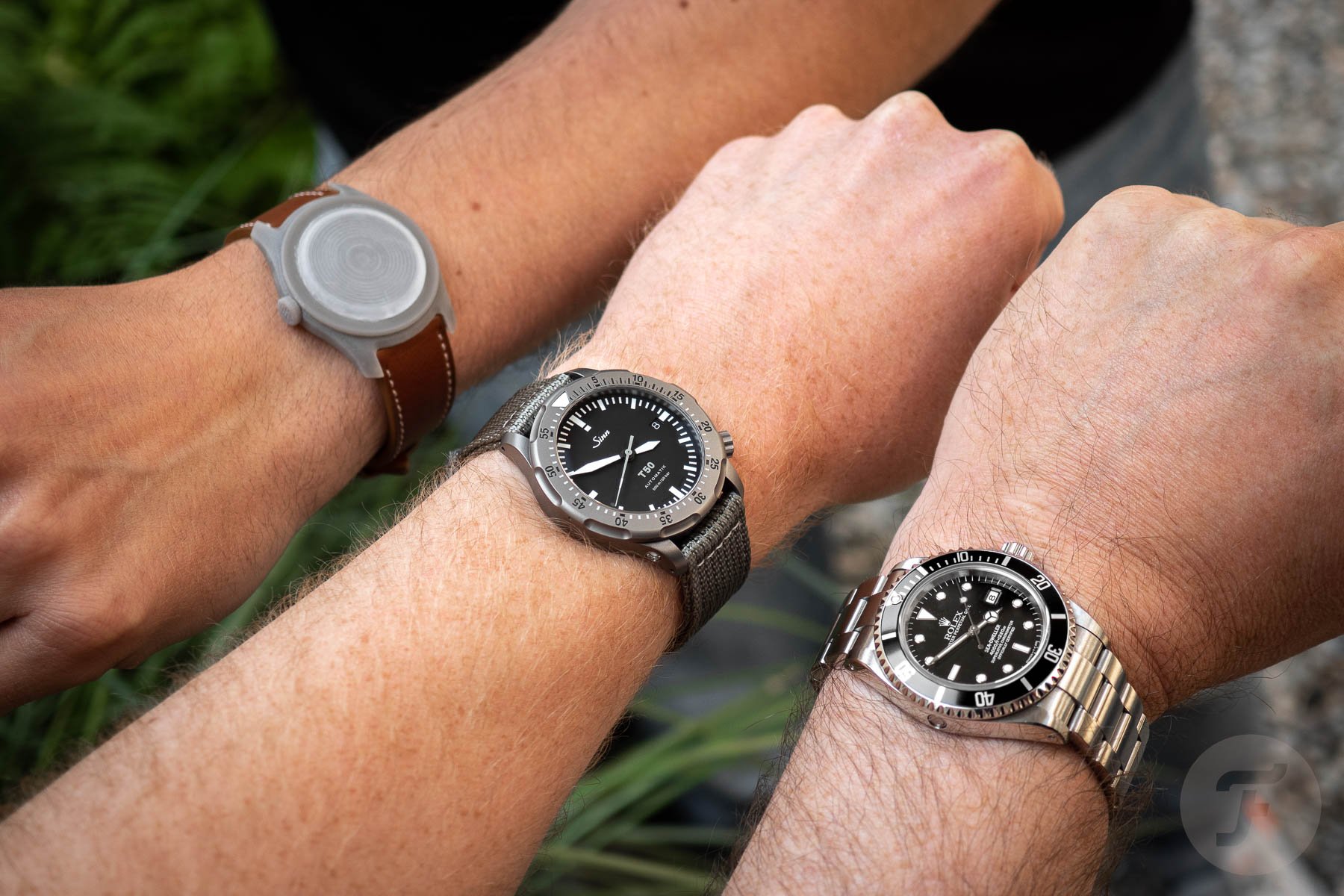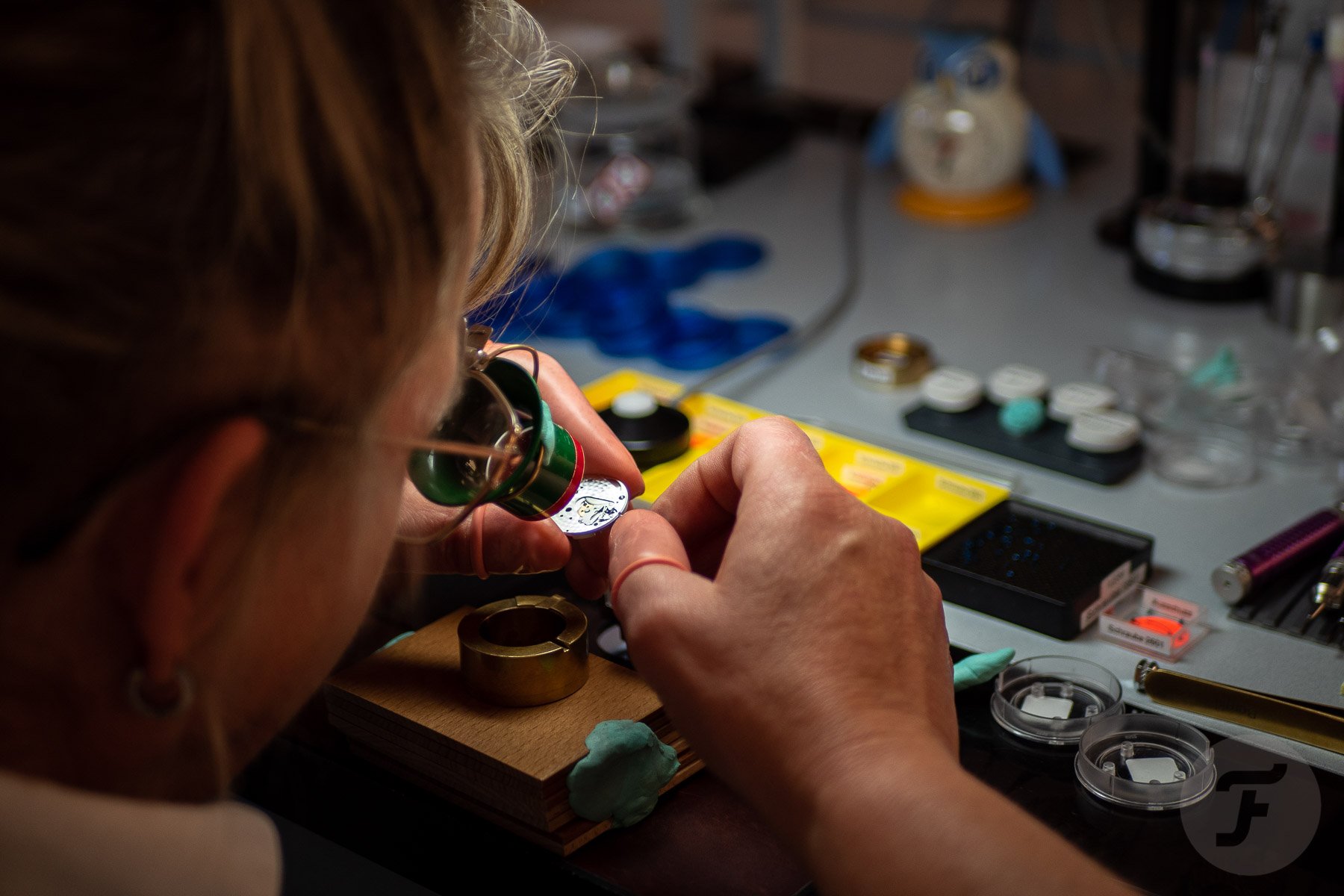Fratello Talks: In-House Movements
In this week’s episode of Fratello Talks, Nacho, RJ, and Thomas discuss the matter of in-house movements. What is an in-house movement? Which brands produce/use them? And how much do they matter to the guys when buying a watch? If you want the answers to these questions, listen to the episode below. It’s a hot and much-discussed topic among our audience.
Wrist check!
Before we jump into the discussion, it’s time for a wrist check. We start with Thomas, who is wearing a 3D-printed model/prototype of his VPC Type 37HW. You can read about the first steps for the fledgling brand and its debut project in the Building A Watch Brand series. Nacho is test-driving the Sinn T50, a brilliant titanium diver that he will be reviewing very soon. Make sure to stay tuned for that article, coming at the end of next week. Finally, RJ is freshly back from Paris and the launch of the new Breguet Type 20, and he is wearing his Rolex Sea-Dweller ref. 16600.
As you can tell, we’re one for three when it comes to in-house movements, with RJ’s Rolex as the only watch to feature one. But how do the guys feel about in-house movements?
Fratello Talks: In-house movements
We start with RJ, who provides some insight into the relatively recent push for in-house movements. This matter has its roots in the Swatch Group and its movement manufacturer ETA. In the early 2000s, Nicolas Hayek Sr. decided that ETA should no longer provide movements to non-Swatch Group brands. This resulted in a move towards other manufacturers and more development of in-house movements among brands. Only a handful of them did so at the beginning. Now, however, even smaller brands like Yema are making an effort to create their movements in-house.
After this initial discussion, we take a tour of the table, with Thomas and Nacho also chiming in with their takes on in-house movements. For Nacho, it’s a matter of defining terms and using them in their correct context. We then touch on the subject of when in-house makes sense. For most of us, it comes down to price and reputation. Finally, we touch upon the subject of microbrands and the movements they use in their watches. Thomas gives us insight into his choices when choosing a movement as a brand owner currently creating a watch.
As always, we’d love to hear your thoughts. Make sure to let us know how you feel about the debate/confusion around in-house movements in the comments.











